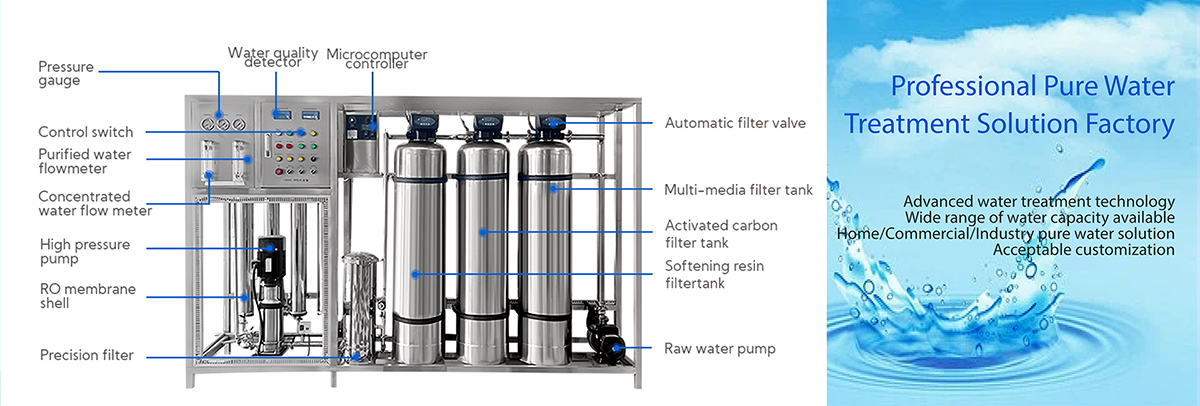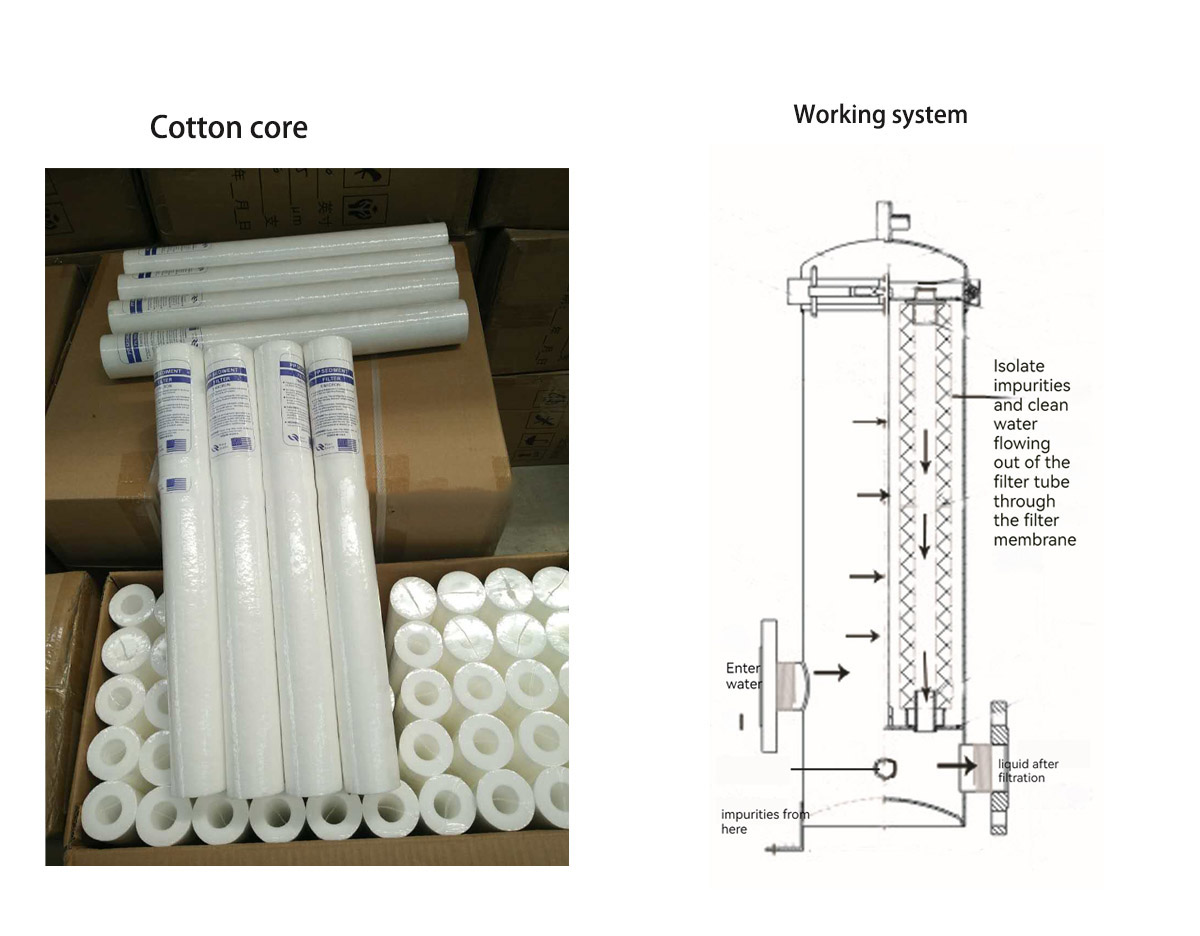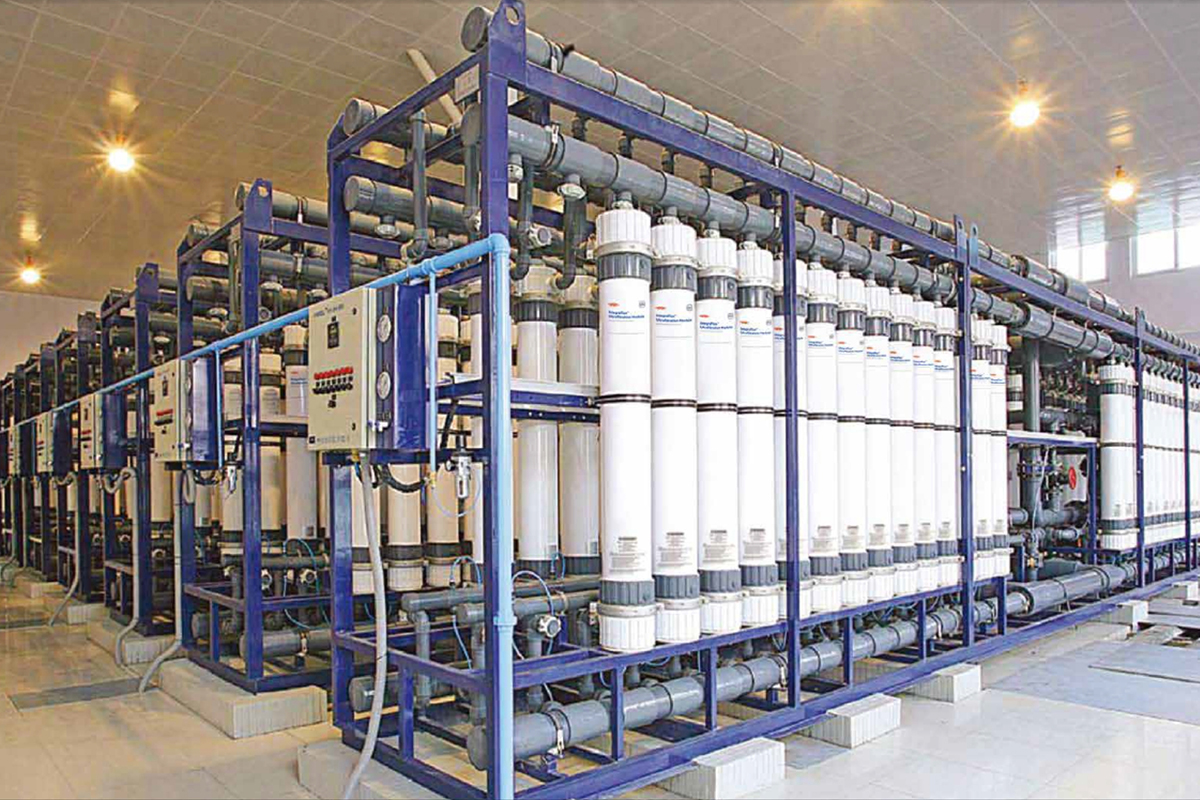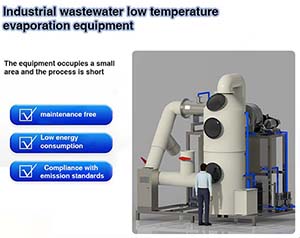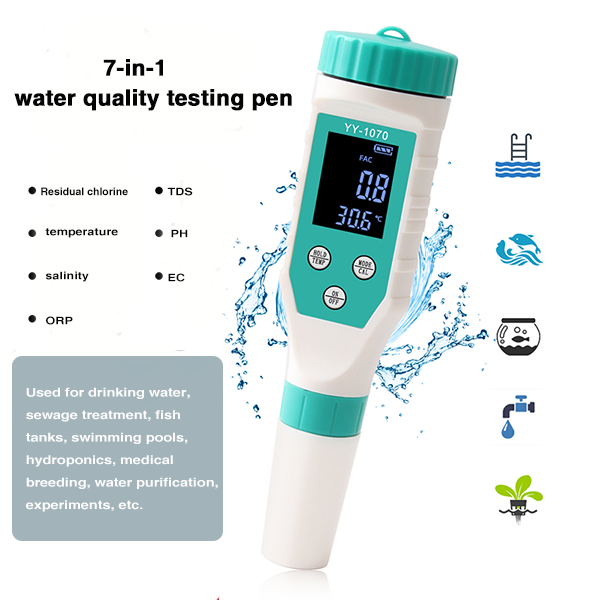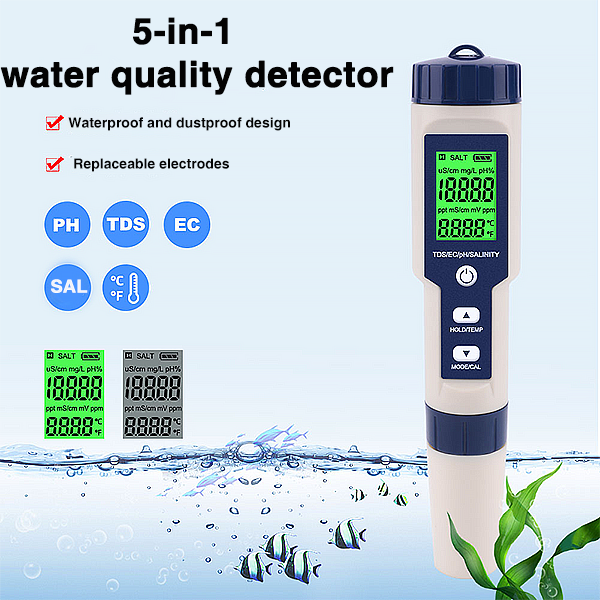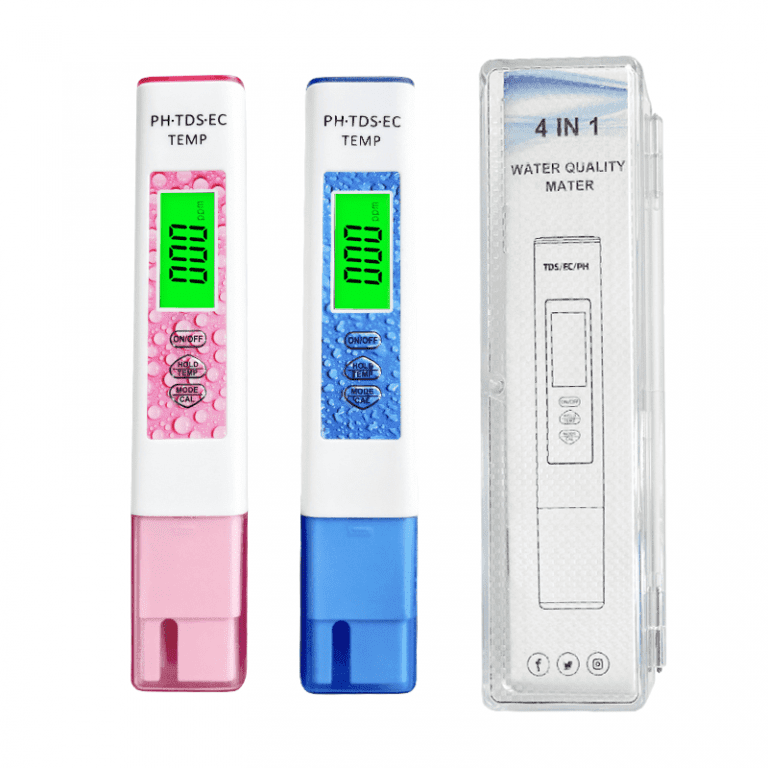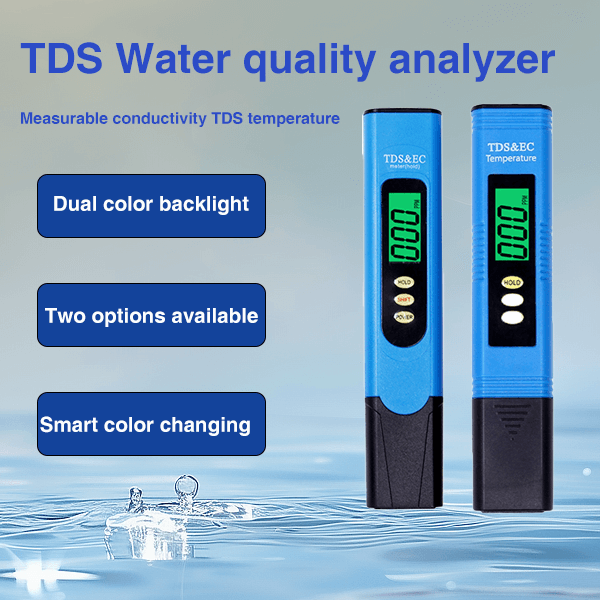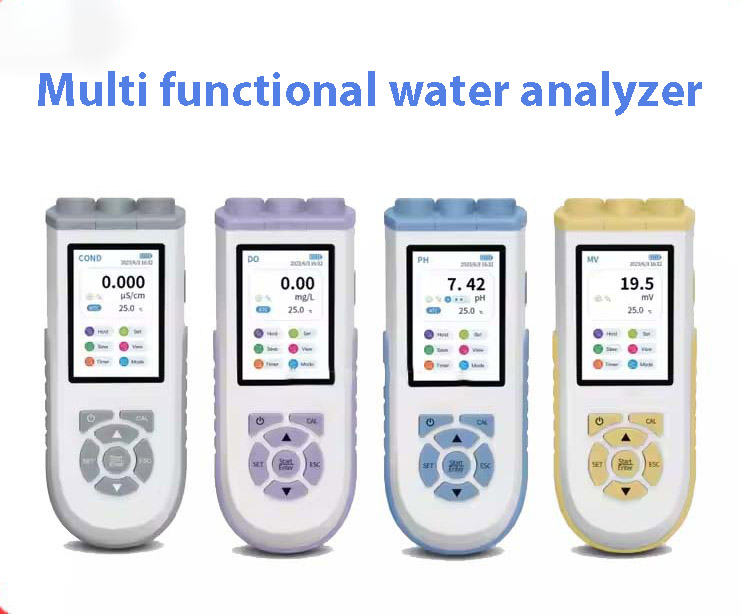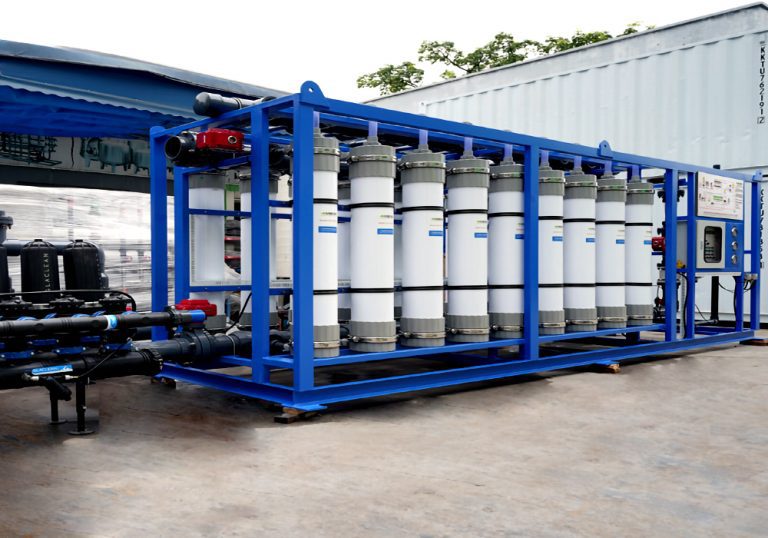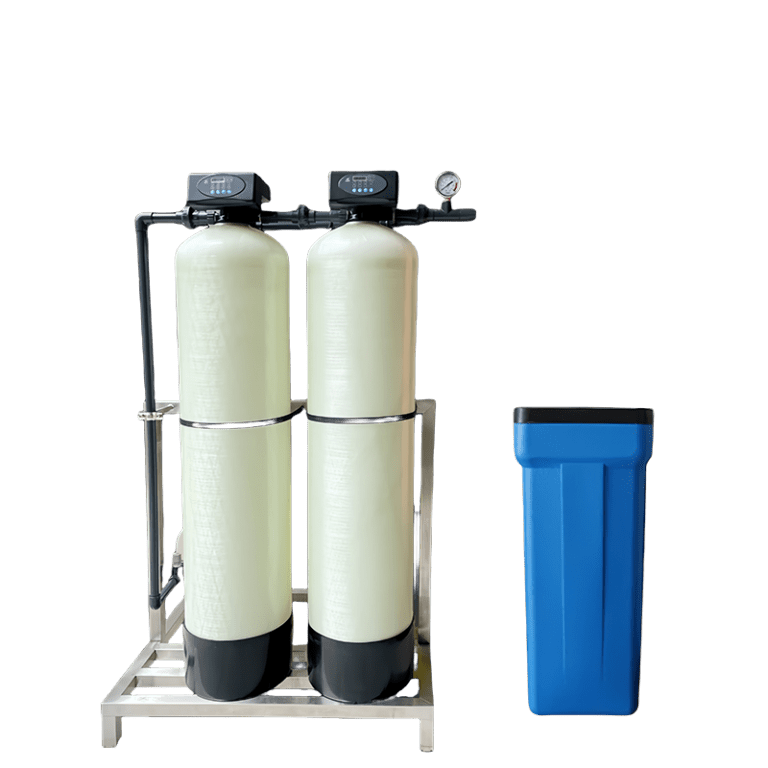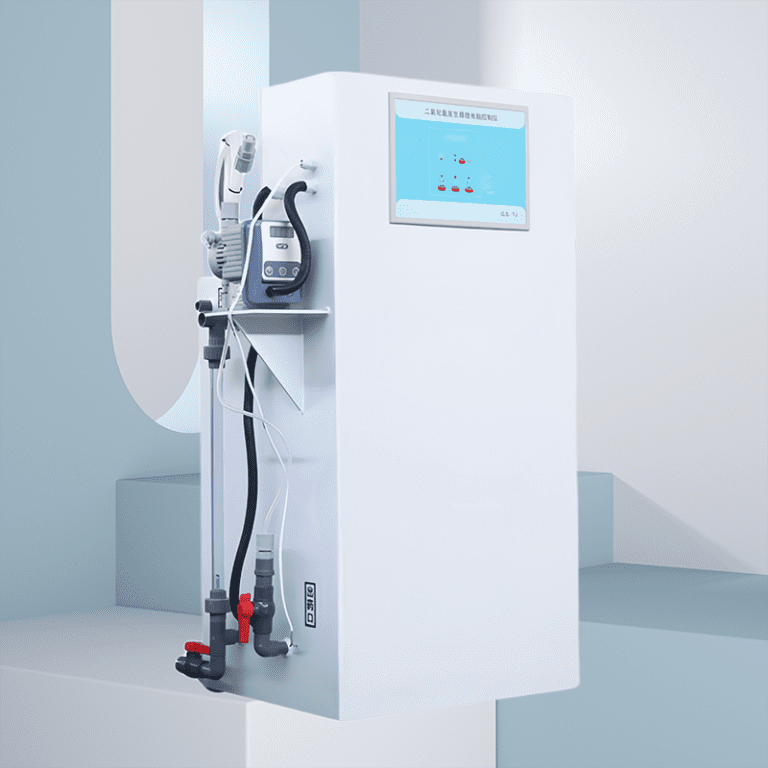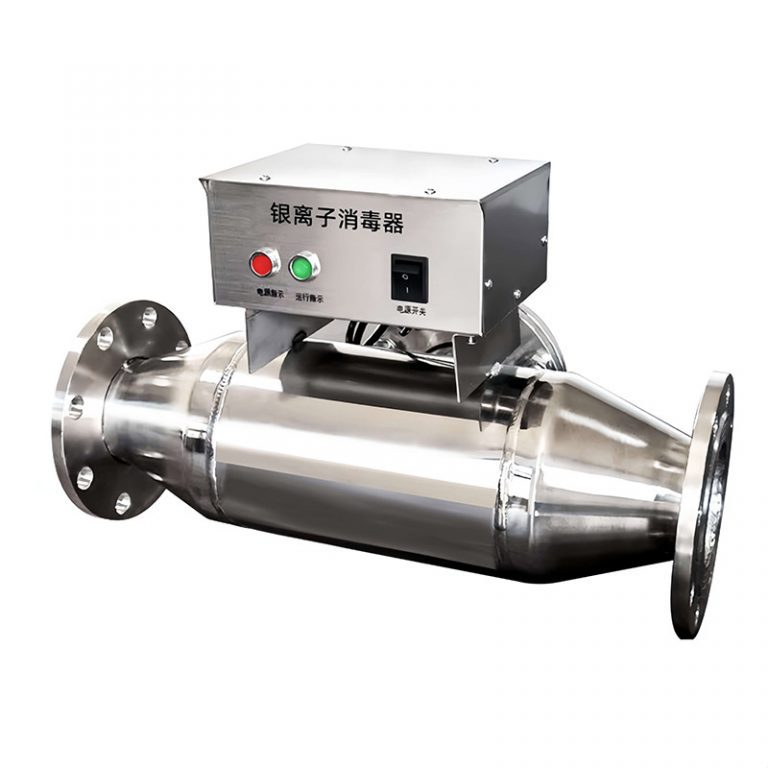The following types of filtration membranes are commonly used in water treatment. Do you know the filtration accuracies of micro filtration (MF), ultra filtration (UF), nano filtration (NF), and reverse osmosis (RO)? What substances can be intercepted? In this article, we will give a brief explanation.
01: Micro filtration (MF)
The filtration accuracy is generally between 0.1-50 microns. Common PP filters, activated carbon filters, ceramic filters, etc. belong to the category of micro filtration, which is used for simple coarse filtration to filter large particles of impurities such as sediment and rust in water, but cannot remove harmful substances such as bacteria in water
For Micro filtration, the filter element usually cannot be cleaned and is a disposable filter material that needs to be replaced frequently.
1 . PP cotton core: generally only used for rough filtration with low requirements, to remove large particles such as sediment and rust from water.
2.Activated carbon: It can eliminate discoloration and odors in water, but cannot remove bacteria in water, and its removal effect on sediment and rust is also poor.
3. Ceramic filter element: The minimum filtration accuracy is only 0.1 microns, and the flow rate is usually small, making it difficult to clean
02. Ultra filtration (UF)
The filtration accuracy is between 0.001-0.1 microns, which is one of the high-tech innovations of the 21st century. It is a membrane separation technology that utilizes pressure difference to filter out harmful substances such as rust, sediment, suspended solids, colloids, bacteria, and macro molecular organic matter in water, while retaining some mineral elements that are beneficial to the human body.
Ultra filtration process is a core component in the production process of mineral water and mountain spring water. The water recovery rate is over 95%, and it can be easily flushed and backwashed, which is not easy to block and has a relatively long service life.
Ultra filtration does not require electrical pressure and can be filtered solely by tap water pressure. It has a large flow rate and low operating cost, making it more suitable for comprehensive purification of household drinking water.
Therefore, in the future, the purification of drinking water will mainly rely on ultra filtration technology, combined with other filtering materials, to achieve a wider treatment range and more comprehensively eliminate pollutants in the water.
03.Nano filtration (NF)
The filtration accuracy is between ultra filtration and reverse osmosis, with a lower desalination rate than reverse osmosis. It is also a membrane separation technology that requires electricity and pressure, resulting in a lower water recovery rate.
That is to say, in the process of using nano filtration membranes to produce water, nearly 30% of tap water will be wasted. This is not acceptable for most households and is generally used for industrial pure water production.
04.Reverse osmosis membrane (RO membrane)
RO is the abbreviation for Reverse Osmosis membrane in English, which means reverse osmosis in Chinese. Generally, the flow of water is from low concentration to high concentration. Once water is pressurized, it will flow from high concentration to low concentration, which is the principle of reverse osmosis
Due to the pore size of RO membrane being five millionths of a human hair (0.0001 micrometers), it is generally invisible to the naked eye, while bacteria and viruses are 5000 times larger.
Therefore, only water molecules and some beneficial mineral ions for the human body can pass through, while other impurities and heavy metals are discharged through the wastewater pipe. This method is used in all seawater desalination processes and astronaut wastewater recovery and treatment. Therefore, RO membrane is also known as the high-tech artificial kidney in vitro.

